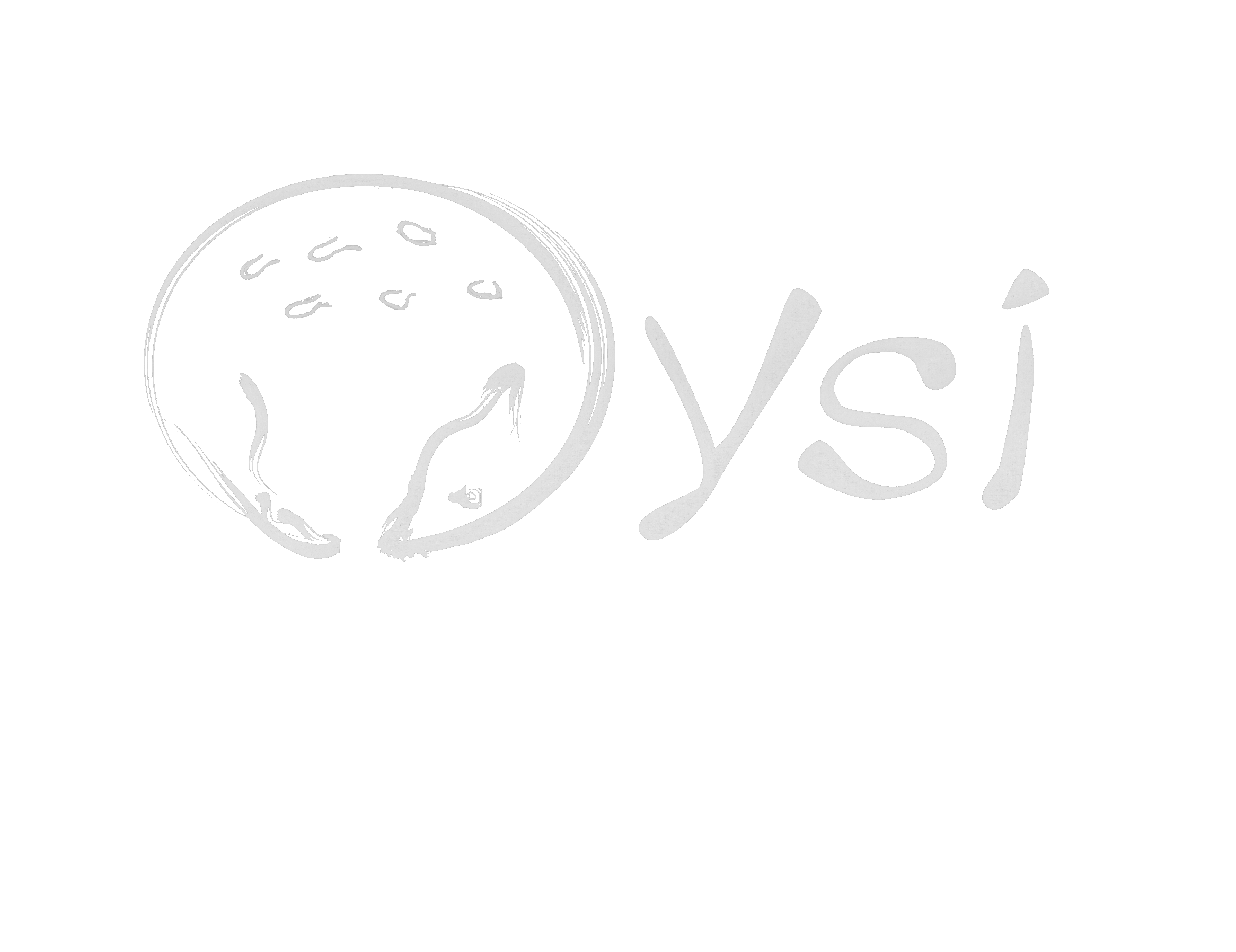

 Share +
Share +
The Caleu Project
The Caleu Project began in 1995, it consists of several workshops including: The Thread at Play/Caleu está soñando (1995); Conversación en Caleu (2008); Un cóndor buscando un sonido (2010); and Tugar tugar (2011).
The Thread at Play/Caleu está soñando
This workshop was created by Cecilia Vicuña in 1995 for the Escuela G-349 Capilla de Caleu, with the participation of musicians Claudio Mercado and Cuti Aste. It was sponsored by The Touchstone Foundation of New York and by the MECE Rural, a program of the Ministery of Education in Chile.The concept was to revive the ancient tradition of "Bailes Chinos" which had been abandoned by the Caleu community in 1965. Through creative play and a metphoric celebration of their inward thoughts and playfulness, the children brought back the memory of the forgotten sounds. Upon hearing the sounds the aduts decided to bring it back.
The chapbook: Una mano para oir pensamientos and the following videos document this workshop.
Conversación en Caleu
The people of Caleu said; "el baile despertó" (the dance awoke), Cecilia's former students were now chinos, the younger generation had joined the elders after the baile was reconstituted in l995. On january 20, 2008 the community and the chinos gathered to watch the video "The Thread at Play", the first workshop conducted by Cecilia Vicuña at the Caleu School in l995. The conversation served as a bridge. In that moment, the baile was struggling to continue since globalization was pushing many dancers out of Caleu. Now the dance was faltering once again. The community invited the artist to return.
Un cóndor buscando un sonido
Tugar tugar
("to be transformed" in Mapuche) is an ancient ritual site in the Cordillera de la Costa (coastal mountain range) in central Chile. Until the mid 60's it was a site of "Bailes chinos" rituals. In l965, the dance ceased to be performed. In 1995, Cecilia Vicuña arrived in Caleu, and conducted a workshop to support the revival of the "chino" dance. This first workshop was supported by a grant from the Touchstone Center for Children in New York. The Ministerio de Educación de Chile facilitated Cecilia's arrival in Caleu, through their MECE Rural program.
Caleu, a small town in the mountains of central Chile, sits atop the Cordillera de la Costa 70 kilometers northeast of Santiago, the capital of Chile. "Caleu" means "to be transformed" in the Mapuche language. The name indicates its pre-Columbian roots and its ceremonial importance as an ancient ritual site. Settled by the Spanish early in the sixteenth century, the people of Caleu adopted Christianity and the former rituals adopted the name of "bailes chinos" (chino dances) and began to be performed within the Christian calendar. The bailes chinos of Caleu reached their peak in the early twentieth century when Caleu hosted festivals involving competing troups of chino dancers from other communities. At that time, the Caleu dancers were led by the "alferez" Manuel Astorga, who died in l965. He was one of the best known "alfereces" or banner poets of his day. Today, the Chino dance of Caleu is struggling to stay alive, and Cecilia's work in this community is dedicated to support its continuity.

